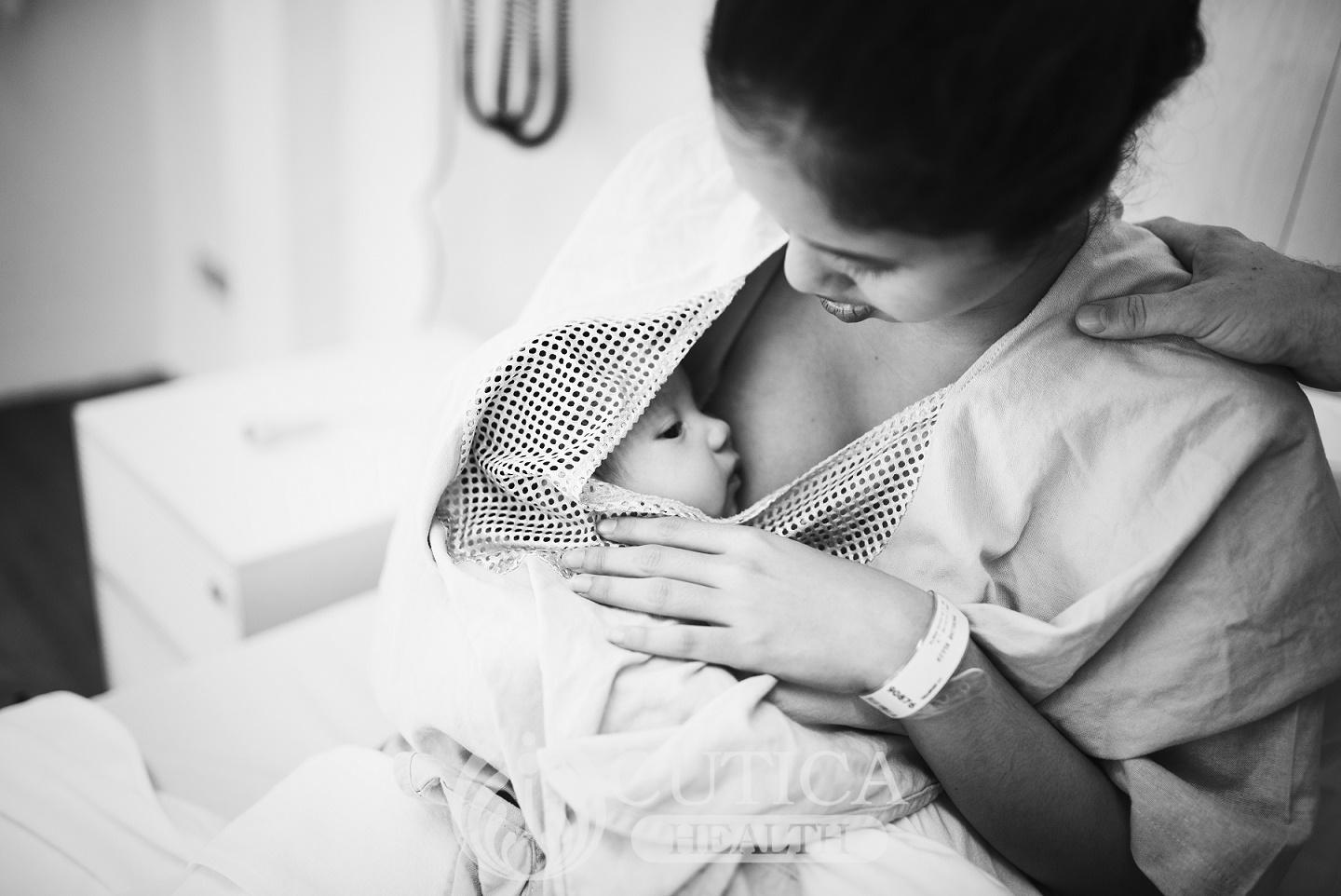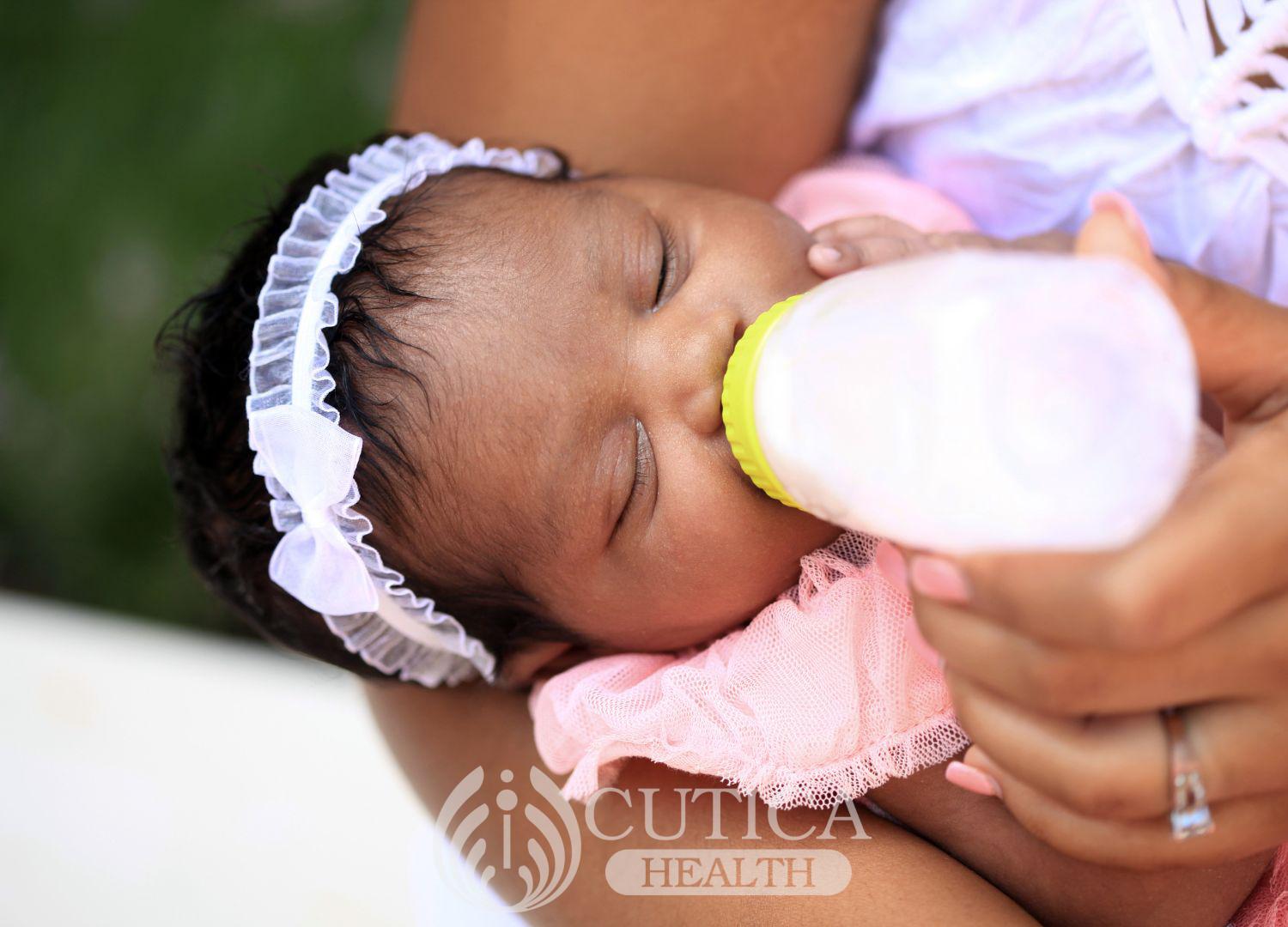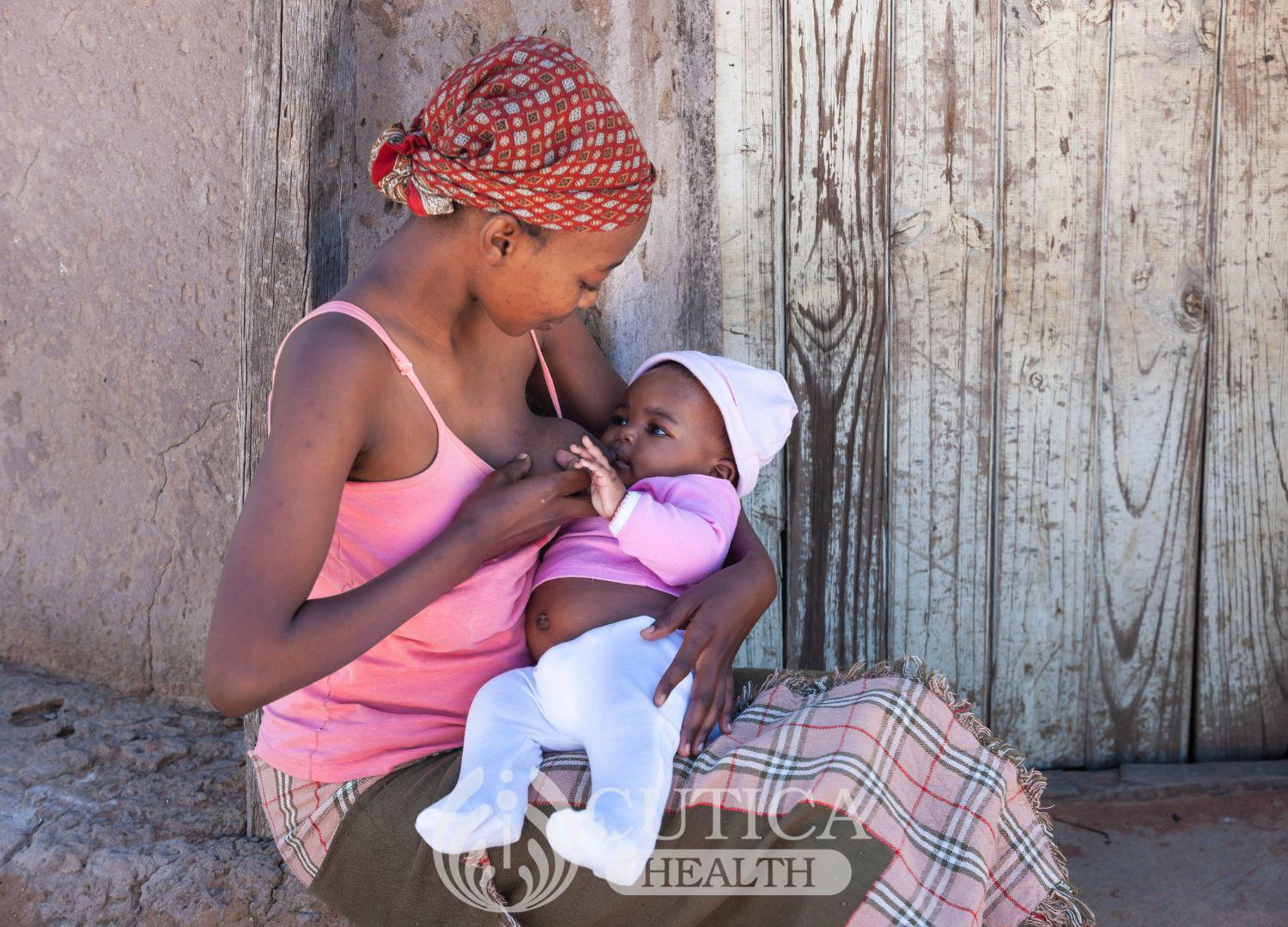
Shirley
“The first few months after I had my first child, I felt a little detached since I had a Cesarean section. I also felt like a failure since my mother-in-law never ceases to tell me how she birthed all her eight healthy kids ‘naturally’.
Now, I’m about to have my second and I hope it is a vaginal delivery this time.”
Muna
“I always wanted a VBAC, having had my first three through a Cesarean section. I took my Lamaze classes seriously but in the end, I didn’t get what I wanted. That doesn’t make me any less of a mother anyways.”
C-section vs. Vaginal birth
It is important to establish what Cesarean section is. Cesarean section, popularly known as C-section or CS, is a surgical procedure carried out to deliver a baby through the abdomen. This procedure was in the past meant for only women who couldn’t deliver vaginally. But these days, anyone could opt for it.

Vaginal birth, just like the name implies, refers to birth through the vagina, the part that connects the womb to the outside world.
Breaking the myths surrounding VBAC
Myth 1: Once a cesarean, always a cesarean
It is a common belief that a woman who has had a C-section before has to undergo the same procedure to give birth to every one of her children.
FACT: Some women who have had even two cesarean sections can still have VBAC. Pregnant women who want the procedure like Shirley just need proper healthcare and guidance.
Myth 2: Uterine ruptures can’t occur with VBAC
FACT: Though the chance of the womb tearing up during labor after a cesarean section is relatively low, it can still occur in a handful of women who attempt a VBAC. That is why there is a need for a proper evaluation to know if a patient is eligible for the procedure. Lack of this proper evaluation could lead to loss of the womb or the worst-case scenario, loss of life.
Myth 3: Even if you want a VBAC, your doctor won’t allow
FACT: If a patient wants a procedure and the person is healthy, then a doctor can’t refuse her. What a doctor does is to guide such a patient through the process.
Myth 4: You can’t have a VBAC if you’re expecting more than one child
FACT: If your pregnancy is low-risk, nothing stops you from delivering your babies vaginally.

Myth 5: Anyone can have a VBAC
FACT: Though the pros of the procedure make it something a lot of women want; it isn’t ideal for some women. Some of these women are those that:
- Have had a high vertical incision (an up-and-down- cut) rather than a low vertical or transverse incision. Such women have a risk of uterine rupture.
- Have had a uterine rupture.
- Just gave birth.
- Have health concerns like an abnormally placed baby, placental problems, pregnancy with triplets, and more.
- Have had multiple C-sections just like Muna.
- Have had surgical procedures on their uterus for issues such as fibroid.
Vaginal birth is possible after a cesarean section, just speak with your healthcare provider to know your risks and if this is suitable for you.













